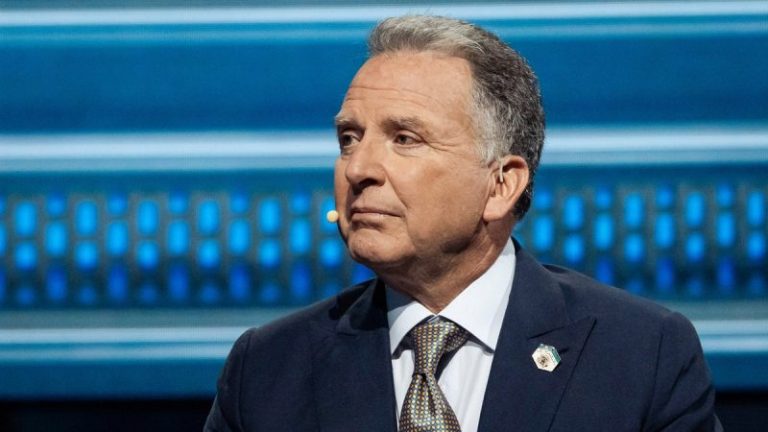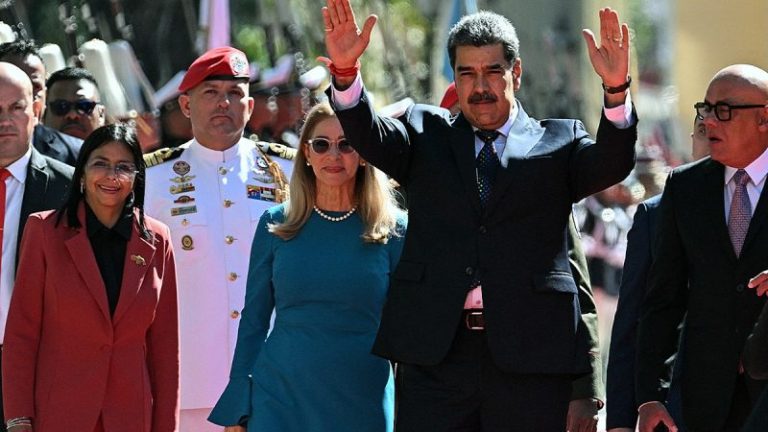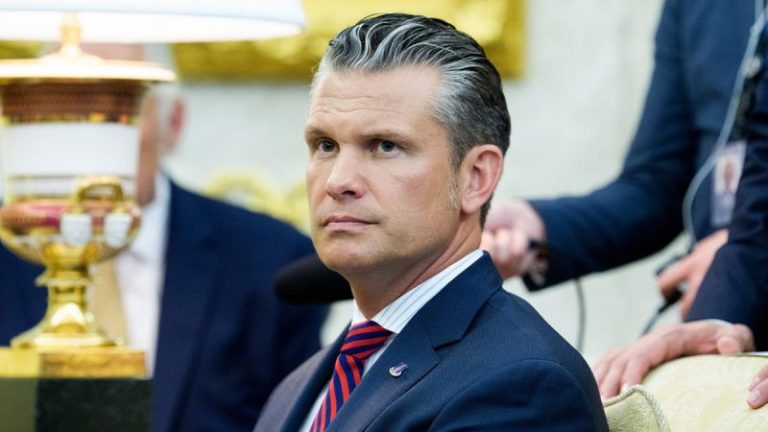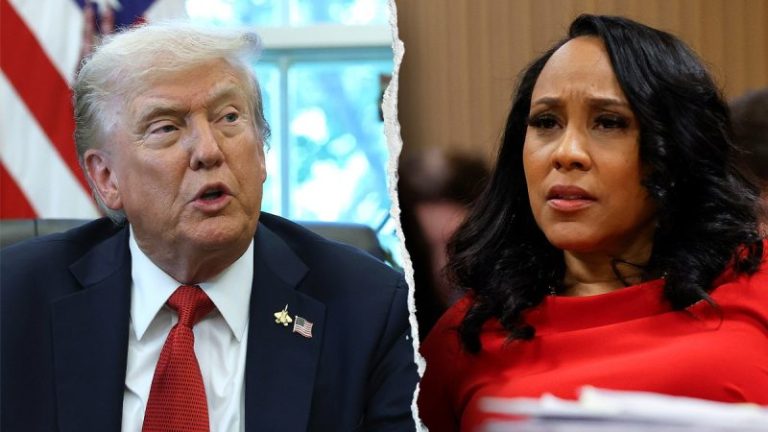Heliostar Metals Ltd. (TSXV: HSTR,OTC:HSTXF) (OTCQX: HSTXF) (FSE: RGG1) (‘Heliostar’ or the ‘Company’) is pleased to announce that Mr James Perry has succeeded the retiring Mr. Jacques Vaillancourt as Chairman at the Company’s Annual General & Special Meeting (‘AGM’) held on November 26th, 2025.
Heliostar’s new Chairman Mr. James Perry commented, ‘I am excited to join Heliostar at this important inflection point. The Company has built a strong foundation through disciplined operations and strategic acquisitions, and I look forward to working closely with the experienced Board and management team as we advance the next phase of growth. Heliostar has the ingredients to become a leading gold producer in the Americas. I will draw on my experience to help steer the Company’s disciplined growth, reinforce strong governance practices, and create lasting value for our shareholders and host communities.’
Charles Funk, President and & CEO, stated – ‘I once again thank our retiring chair for his long service to Heliostar. I strongly welcome James as our new Chairman at a time of considerable growth. Having worked with James previously at Newcrest Mining, I know his ambition for our Company, his growth mindset and the high regard in which he is held across the industry. We are delighted to attract someone of his caliber as we continue advancing toward our goal of becoming a 500,000 ounce per year producer by the end of this decade.’
Mr. Perry is currently President of Sweetwater Royalties, one of the largest landowners in the United States, majority-owned by Orion Resource Partners following its acquisition of Sweetwater’s extensive land and mineral portfolio from Occidental Petroleum in 2020 for approximately US$1.3 billion. Sweetwater’s vast mineral position extends across more than 4.5 million mineral acres in Wyoming, Utah, Colorado, and Michigan, providing an expansive royalty platform spanning industrial minerals, base metals, and renewable-energy opportunities.
Mr. Perry has over 17 years of global mining and resources experience across Asia, Africa, and the Americas, spanning business development, corporate strategy and governance, legal and permitting, ESG, and operations. He spent a decade at Newcrest Mining – one of the world’s largest gold mining companies headquartered in Australia – serving as Business Development Manager and Corporate Counsel. Newcrest was acquired for approximately US$19 billion by Newmont Mining in 2023. Mr. Perry has extensive international experience managing large and complex transactions, including leading Newcrest’s entry into Ecuador and its investment in Lundin Gold’s world-class Fruta del Norte gold district. He possesses broad expertise in project evaluation and negotiation across diverse sectors and jurisdictions. He is a lawyer and holds an M.Sc. in History and International Relations from the London School of Economics.
Incentive plan issuance
Heliostar further announces that, pursuant to the Company’s Omnibus Equity Incentive Compensation Plan, it has granted 250,000 stock options (‘Options’) at an exercise price of $2.63 and 200,000 restricted share units (each, an ‘RSU’) to directors, officers and consultants of the Company. The Options are exercisable for a period of five years and will vest over the next three years. The RSUs will vest in three equal annual instalments commencing on the first anniversary of the grant date.
About Heliostar Metals Ltd.
Heliostar is a gold mining company with production from operating mines in Mexico. This includes the La Colorada Mine in Sonora and the San Agustin Mine in Durango. The Company also has a strong portfolio of development and exploration stage projects in Mexico and the USA. These include the Ana Paula project in Guerrero, the Cerro del Gallo project in Guanajuato, the San Antonio project in Baja Sur, all in Mexico and the Unga project in Alaska, USA.
For Additional Information Please Contact:
| Charles Funk President and Chief Executive Officer Heliostar Metals Limited Email: charles.funk@heliostarmetals.com Phone: +1 844-753-0045 |
Rob Grey Investor Relations Manager Heliostar Metals Limited Email: rob.grey@heliostarmetals.com Phone: +1 844-753-0045 |
Neither TSX Venture Exchange nor its Regulation Services Provider (as that term is defined in the policies of the TSX Venture Exchange) accepts responsibility for the adequacy or accuracy of this release.
Cautionary Statement Regarding Forward-Looking Information
This news release includes certain ‘Forward-Looking Statements’ within the meaning of the United States Private Securities Litigation Reform Act of 1995 and ‘forward-looking information’ under applicable Canadian securities laws. When used in this news release, the words ‘anticipate’, ‘believe’, ‘estimate’, ‘expect’, ‘target’, ‘plan’, ‘forecast’, ‘may’, ‘would’, ‘could’, ‘schedule’ and similar words or expressions, identify forward-looking statements or information. These forward-looking statements or information relate to, among other things, the Company’s annual production goals.
Forward-looking statements and forward-looking information relating to the terms and completion of the Facility, any future mineral production, liquidity, and future exploration plans are based on management’s reasonable assumptions, estimates, expectations, analyses and opinions, which are based on management’s experience and perception of trends, current conditions and expected developments, and other factors that management believes are relevant and reasonable in the circumstances, but which may prove to be incorrect. Assumptions have been made regarding, among other things, the receipt of necessary approvals, price of metals; no escalation in the severity of public health crises or ongoing military conflicts; costs of exploration and development; the estimated costs of development of exploration projects; and the Company’s ability to operate in a safe and effective manner and its ability to obtain financing on reasonable terms.
These statements reflect the Company’s respective current views with respect to future events and are necessarily based upon a number of other assumptions and estimates that, while considered reasonable by management, are inherently subject to significant business, economic, competitive, political, and social uncertainties and contingencies. Many factors, both known and unknown, could cause actual results, performance, or achievements to be materially different from the results, performance or achievements that are or may be expressed or implied by such forward-looking statements or forward-looking information and the Company has made assumptions and estimates based on or related to many of these factors. Such factors include, without limitation: precious metals price volatility; risks associated with the conduct of the Company’s mining activities in foreign jurisdictions; regulatory, consent or permitting delays; risks relating to reliance on the Company’s management team and outside contractors; risks regarding exploration and mining activities; the Company’s inability to obtain insurance to cover all risks, on a commercially reasonable basis or at all; currency fluctuations; risks regarding the failure to generate sufficient cash flow from operations; risks relating to project financing and equity issuances; risks and unknowns inherent in all mining projects, including the inaccuracy of reserves and resources, metallurgical recoveries and capital and operating costs of such projects; contests over title to properties, particularly title to undeveloped properties; laws and regulations governing the environment, health and safety; the ability of the communities in which the Company operates to manage and cope with the implications of public health crises; the economic and financial implications of public health crises, ongoing military conflicts and general economic factors to the Company; operating or technical difficulties in connection with mining or development activities; employee relations, labour unrest or unavailability; the Company’s interactions with surrounding communities; the Company’s ability to successfully integrate acquired assets; the speculative nature of exploration and development, including the risks of diminishing quantities or grades of reserves; stock market volatility; conflicts of interest among certain directors and officers; lack of liquidity for shareholders of the Company; litigation risk; and the factors identified under the caption ‘Risk Factors’ in the Company’s public disclosure documents. Readers are cautioned against attributing undue certainty to forward-looking statements or forward-looking information. Although the Company has attempted to identify important factors that could cause actual results to differ materially, there may be other factors that cause results not to be anticipated, estimated or intended. The Company does not intend, and does not assume any obligation, to update these forward-looking statements or forward-looking information to reflect changes in assumptions or changes in circumstances or any other events affecting such statements or information, other than as required by applicable law.
To view the source version of this press release, please visit https://www.newsfilecorp.com/release/276385
News Provided by Newsfile via QuoteMedia










